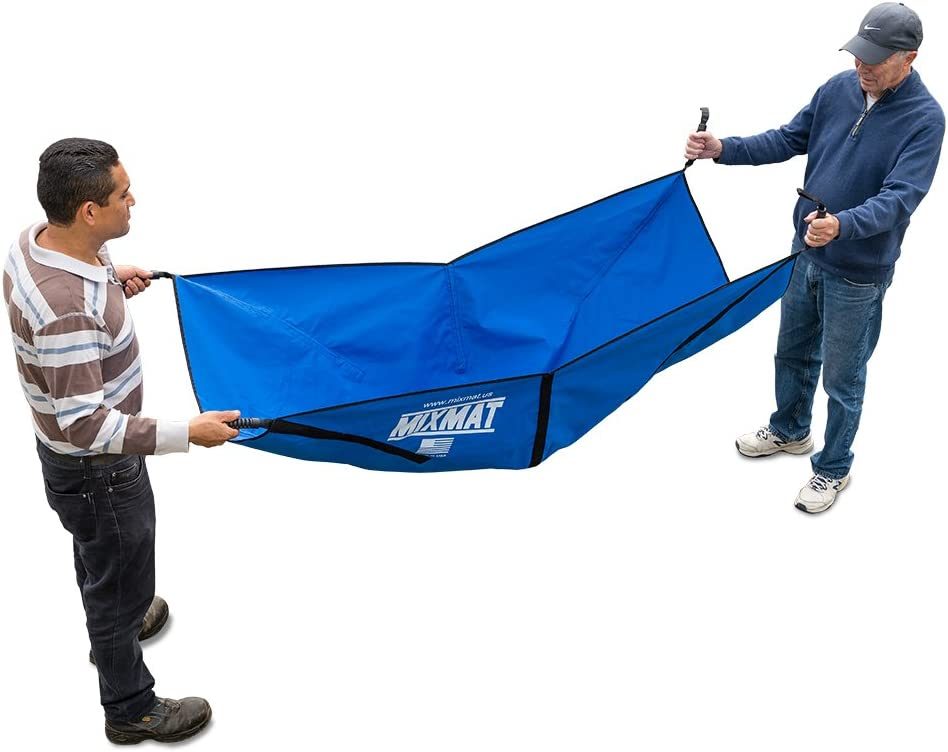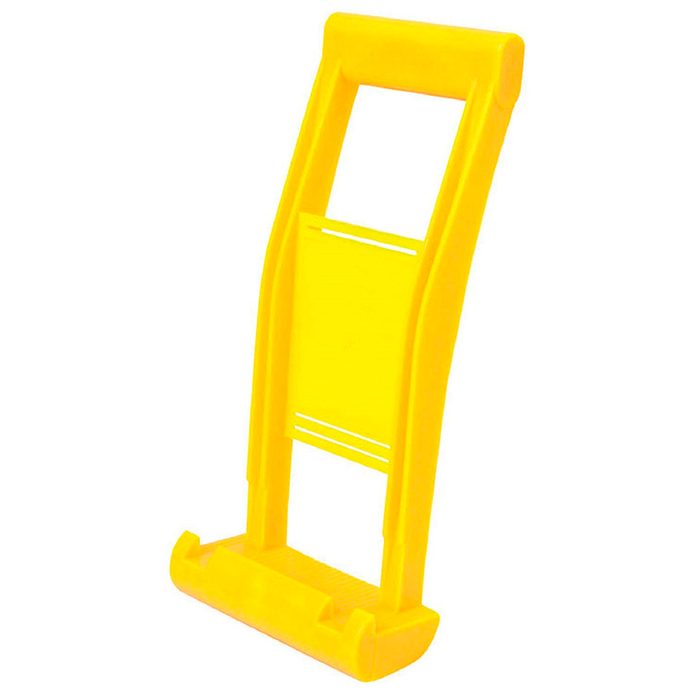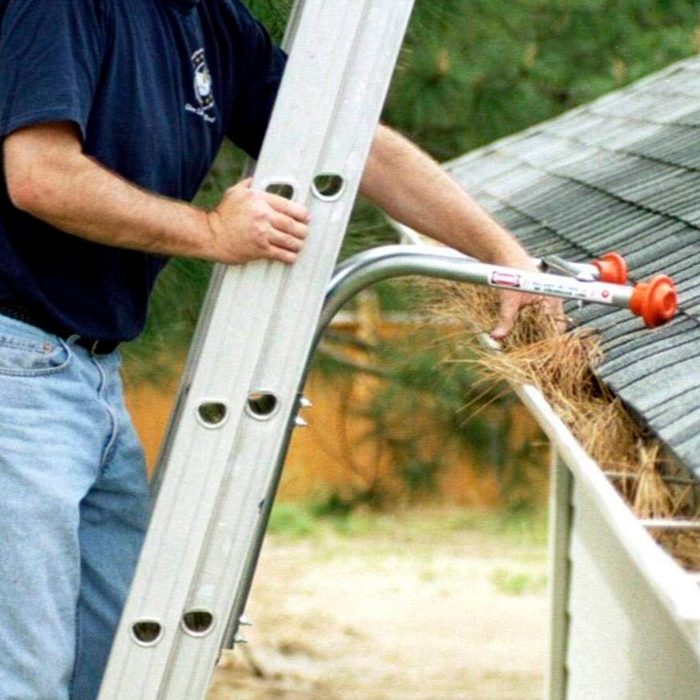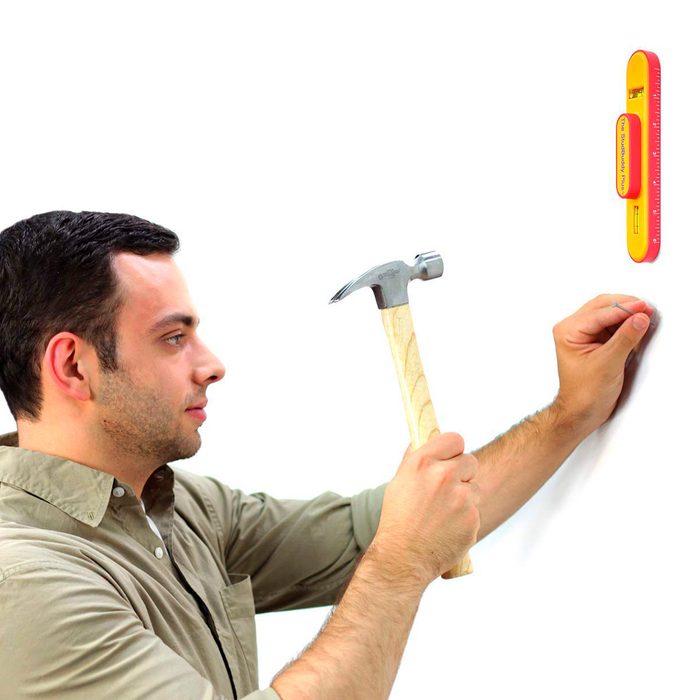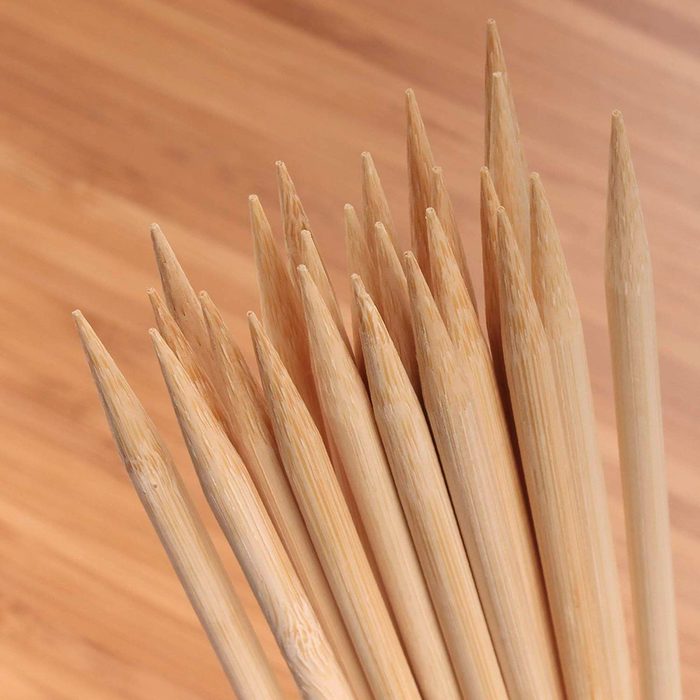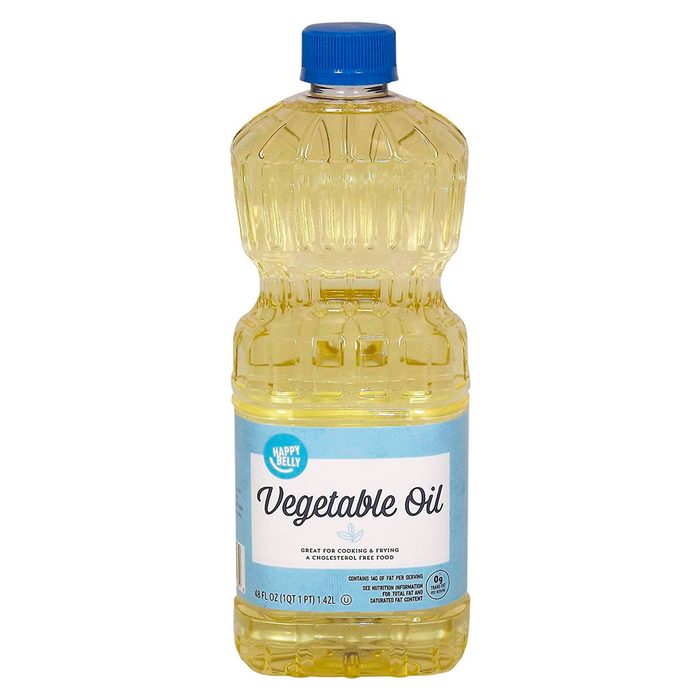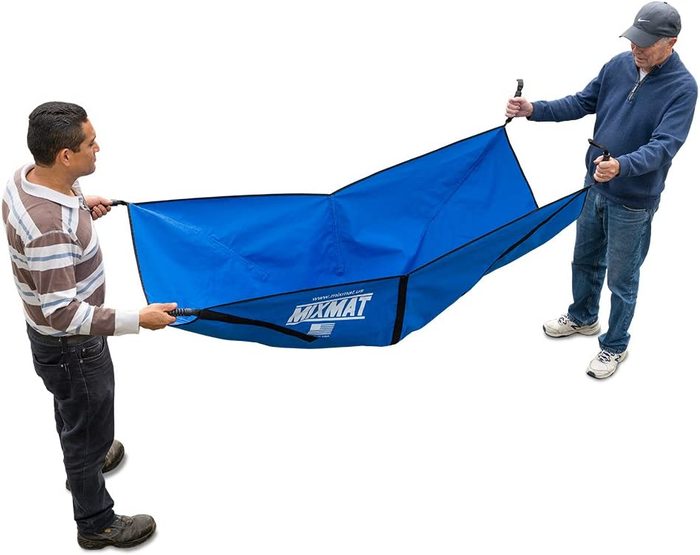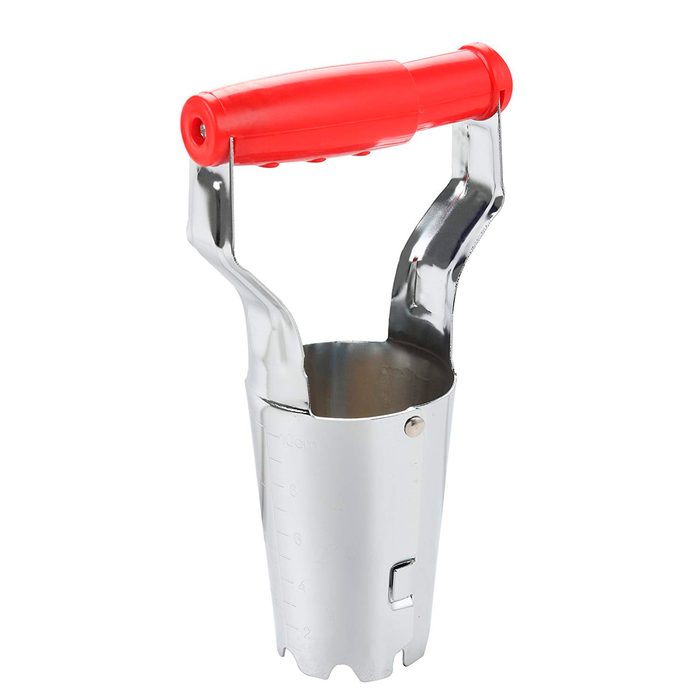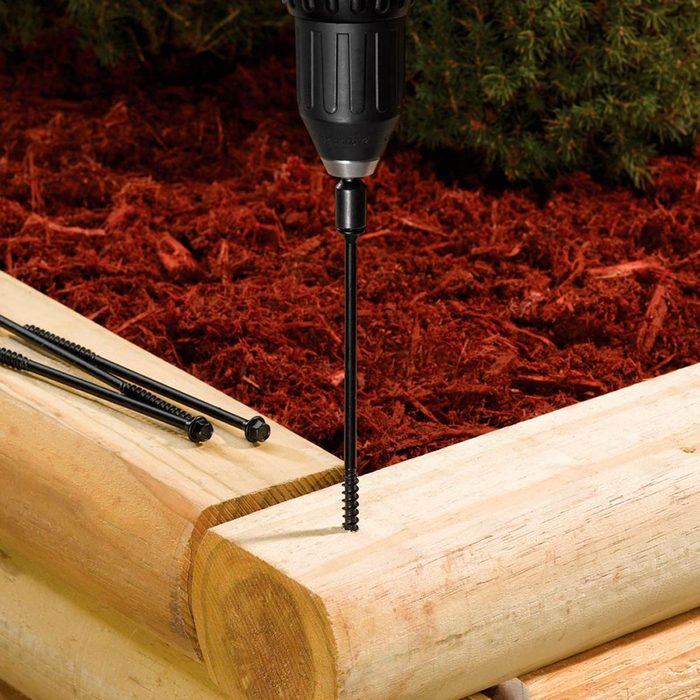Extension ladders are useful but flawed. They dent gutters and siding, and they can be scary and dangerous. If you want to improve the performance of your extension ladder, invest in a stabilizer.
Ladder stabilizers are U-shaped accessories that clamp to the top of your ladder rungs and keep the ladder away from your house. No leaning the ladder against a gutter or on freshly-painted siding. If you have ascended a ladder with a stabilizer attachment, you already know they work and make ladder climbing safer.
There are dozens of electronic stud-finding devices on the market, most requiring batteries and many of questionable accuracy. What you really need is a magnet. Even a plain magnet will work; just move it around the wall surface until it finds a nail or screw head and sticks.
Many magnet-based stud finders also include a built-in level and protective pads to limit wall surface scuffing. And perhaps best of all, these simple tools stick to the wall without fasteners, so you don’t need to mark up the wall with reference lines. Here are some clever tips for finding studs without a stud finder.
If you own an older house with wood siding, you’ve probably wished for this product every time you’ve painted the house. With three times the solids of normal primer, the Zinsser Peel-Stop primer from Rustoleum goes on heavy — really heavy.
Applied with a brush, it fills gaps and cracks and even blends over peeled paint. It can save hours, days or even weeks of prep time off your next house painting project, and still give you the smooth surface you want.
Whether you’re blending drywall compound from powder, mixing concrete or mortar, or just rejuvenating old paint, chucking a paddle mixer into your electric drill makes quick, easy and neat work of the job. Professional drywall installers use them all the time.
Although a cordless drill with reasonable power will work for lighter-duty mixing jobs, for best results chuck the paddle mixer into a 3/8-in. or 1/2-in. corded electric drill to get the most torque and unlimited run time. Clean the paddle immediately after use — you’ll be glad you did.
Yes, they’re great for cooking kebabs, but you’ll be amazed how often a simple, sharpened bamboo skewer can save the DIY day.
Need to get glue into a small hole? Clean out the charging port on a battery? Fill a stripped screw hole in a door jamb? With some measuring up to 17 inches long, skewers are sturdy and sharp and always ready to go. Plus, you can cut them to length with ordinary scissors. Learn how to fix a stripped screw hole.
A wheelbarrow and masonry hoe are fine, but if you want to mix a bag or two of concrete for a small job, try a mixing sheet. Just empty the dry mix from the bag onto the sheet, add water, and roll the ingredients around until the concrete is the right consistency. Clean-up is easy, but a helper is handy for the mixing.
A bulb planter is a simple cutting tool that happens to have a host of uses that don’t involve roses or garlic or daffodils. The 2-1/2- to three-inch-wide hole it cuts when you rotate it in the ground is just the right size for many planting needs.
The planters also cut through landscape fabric or sheet plastic that has been tacked down. Or, if you have compacted soil, simply pull out a planter full, break the soil up and replace it. Your seeds will love it.



















